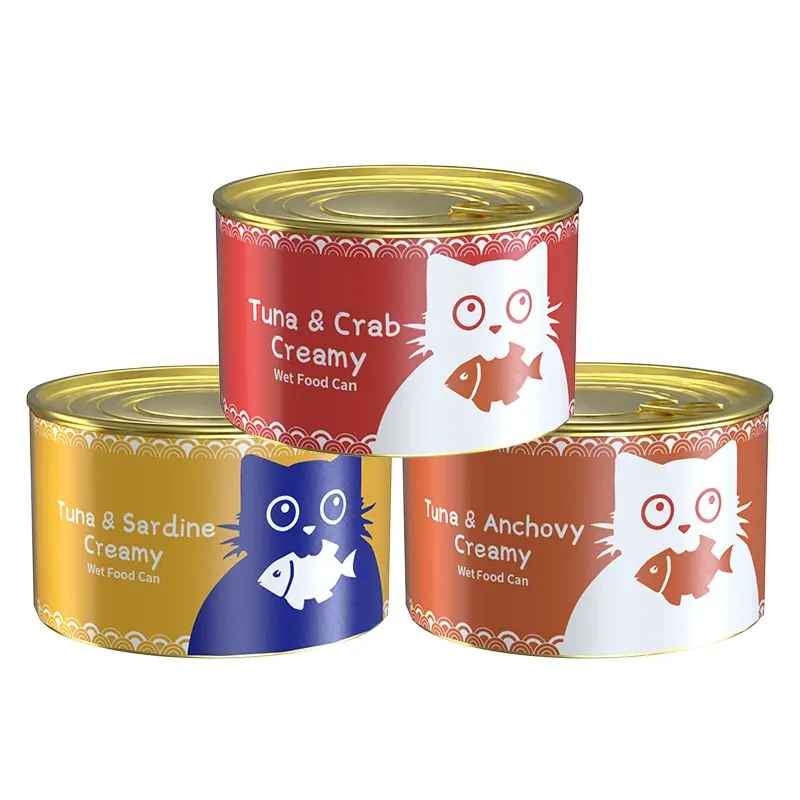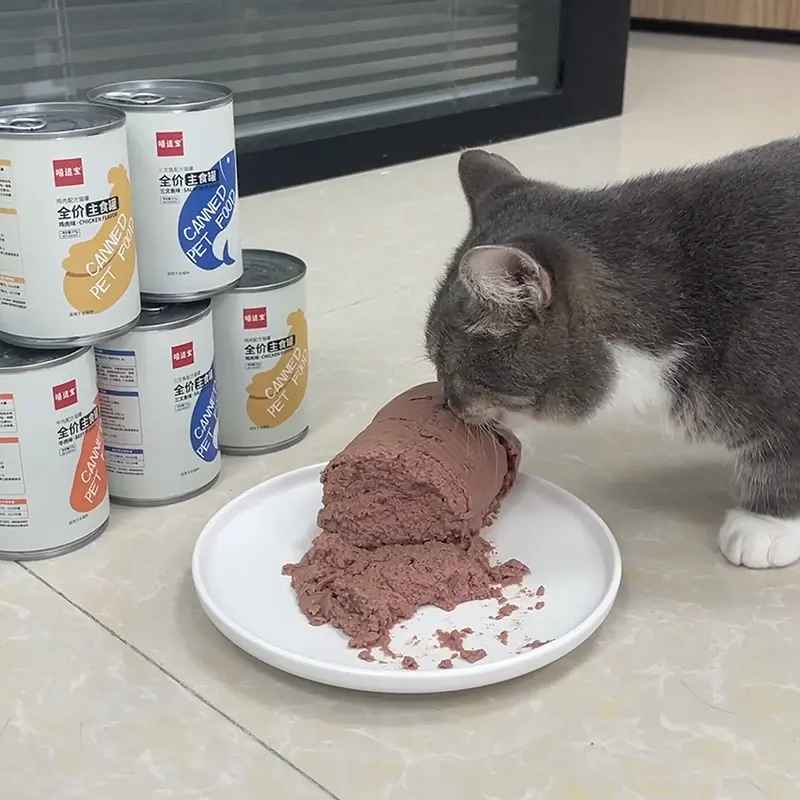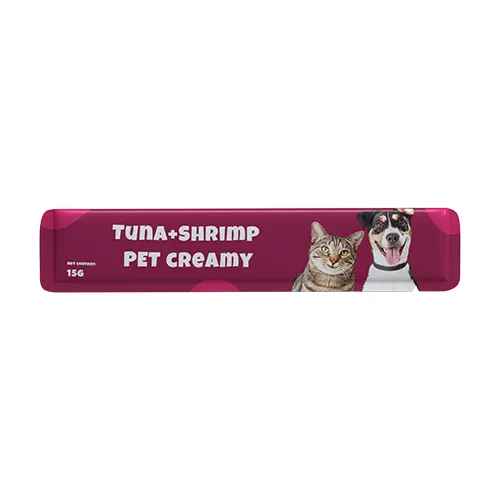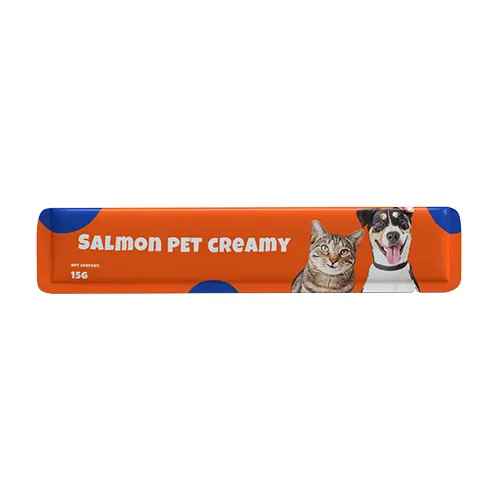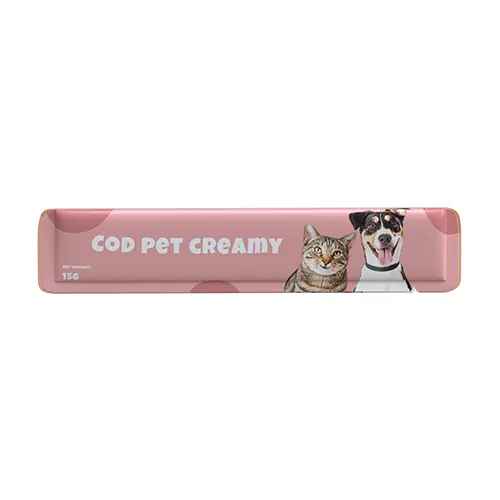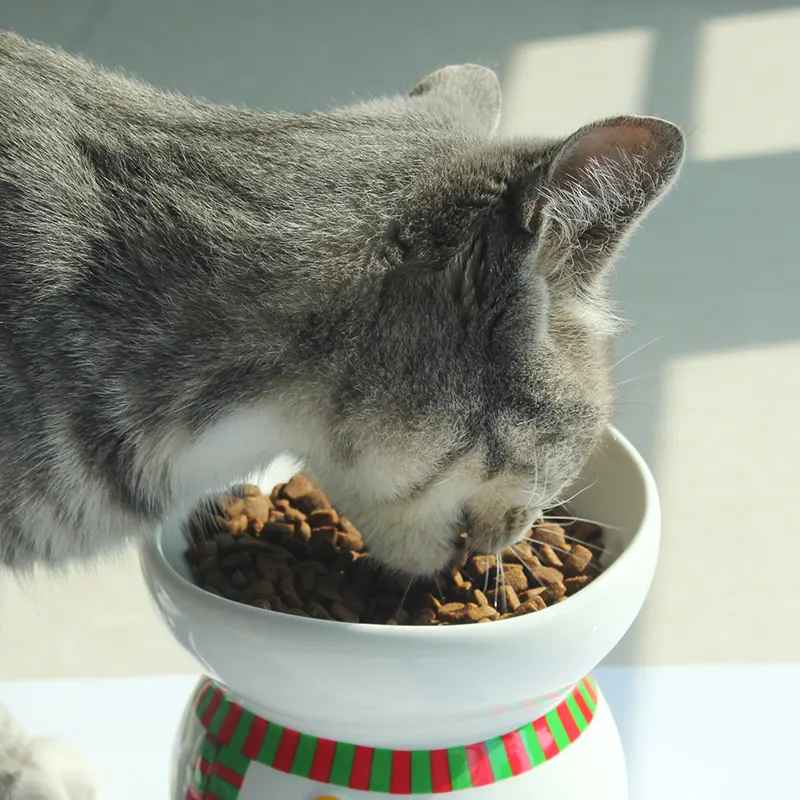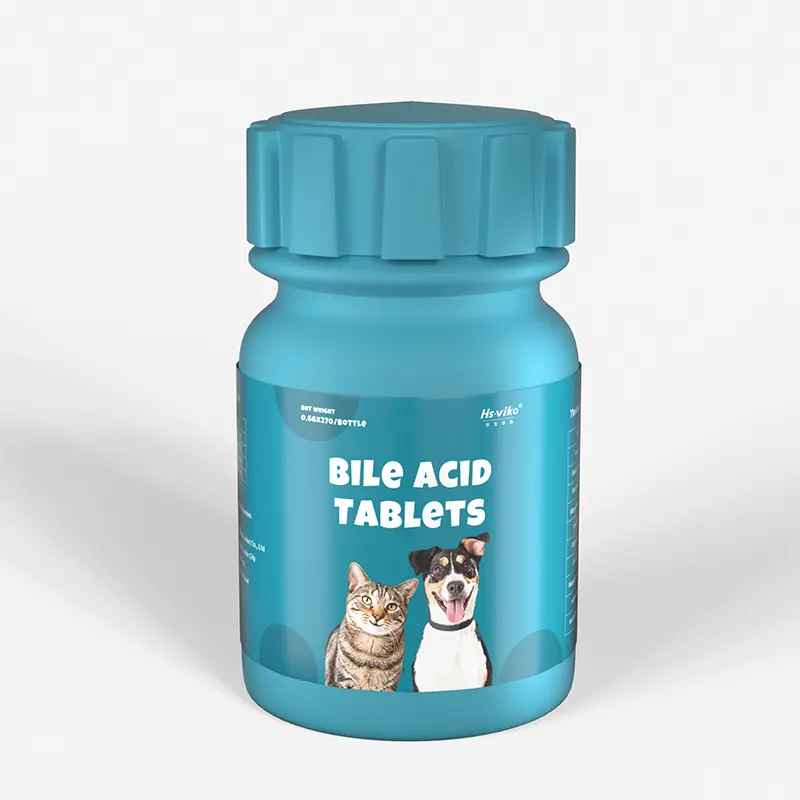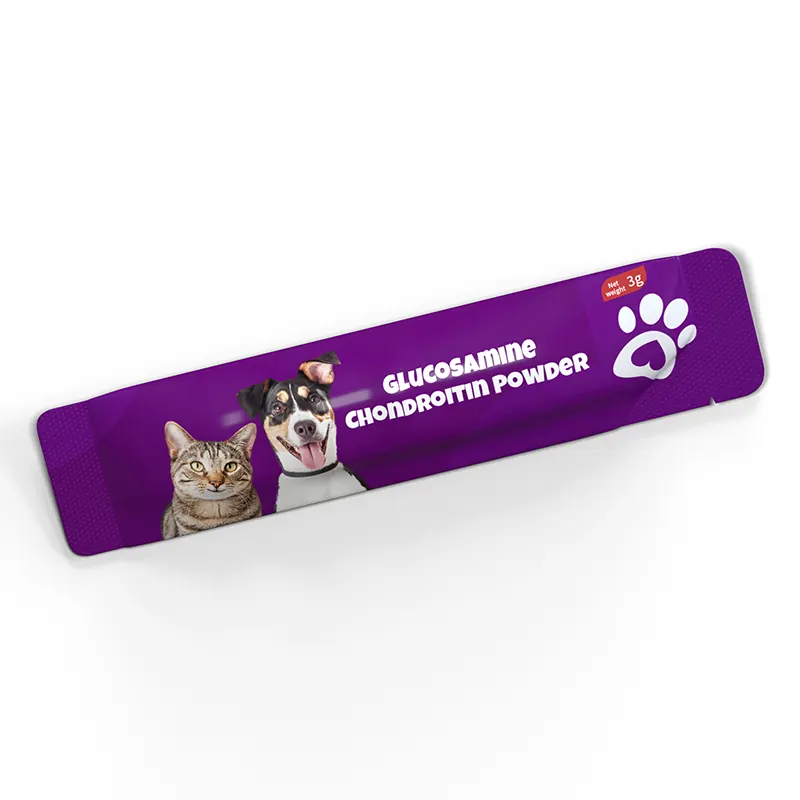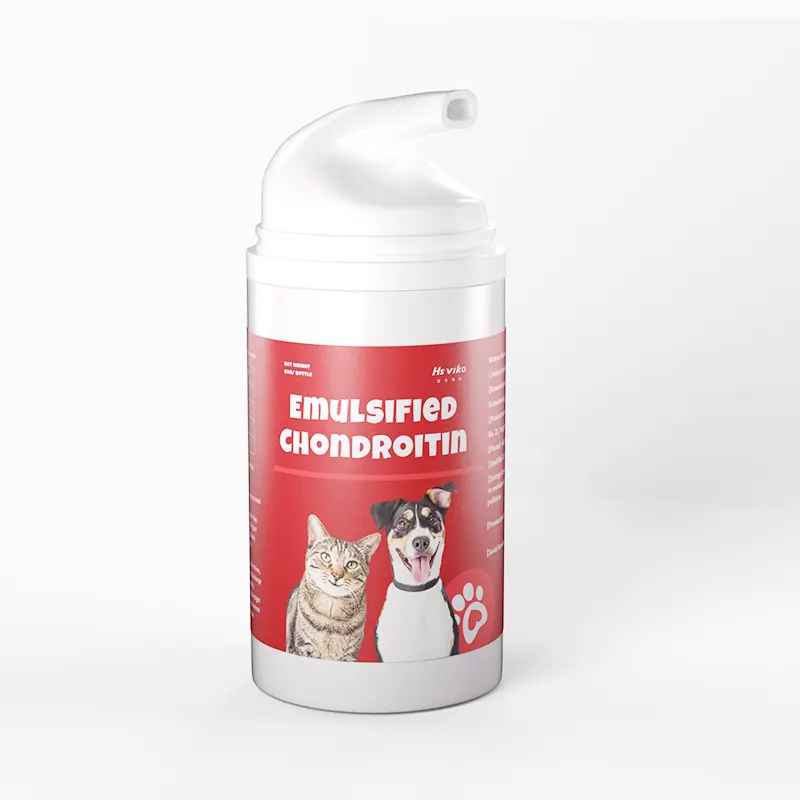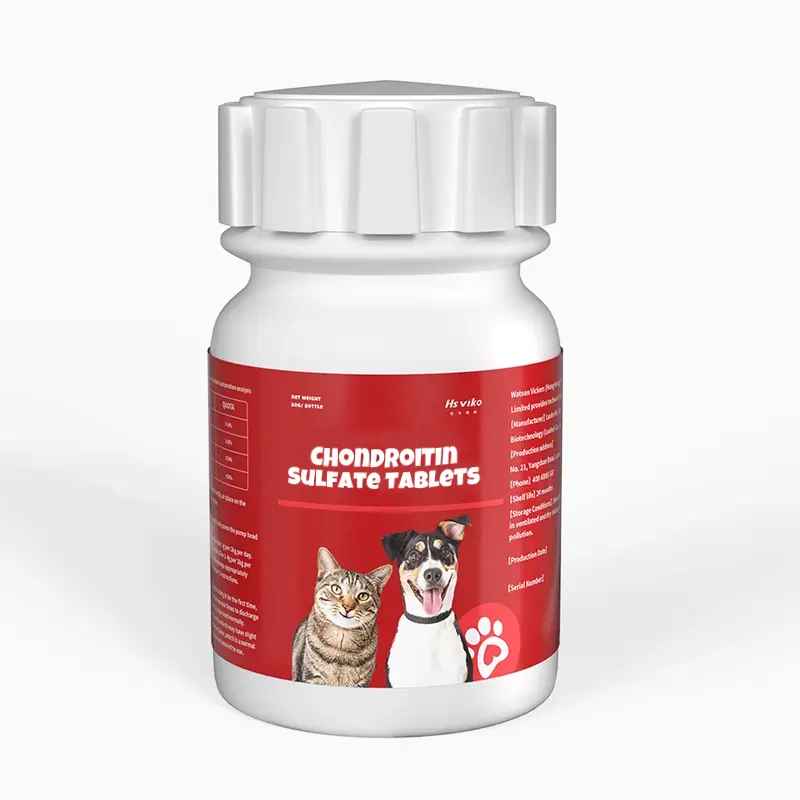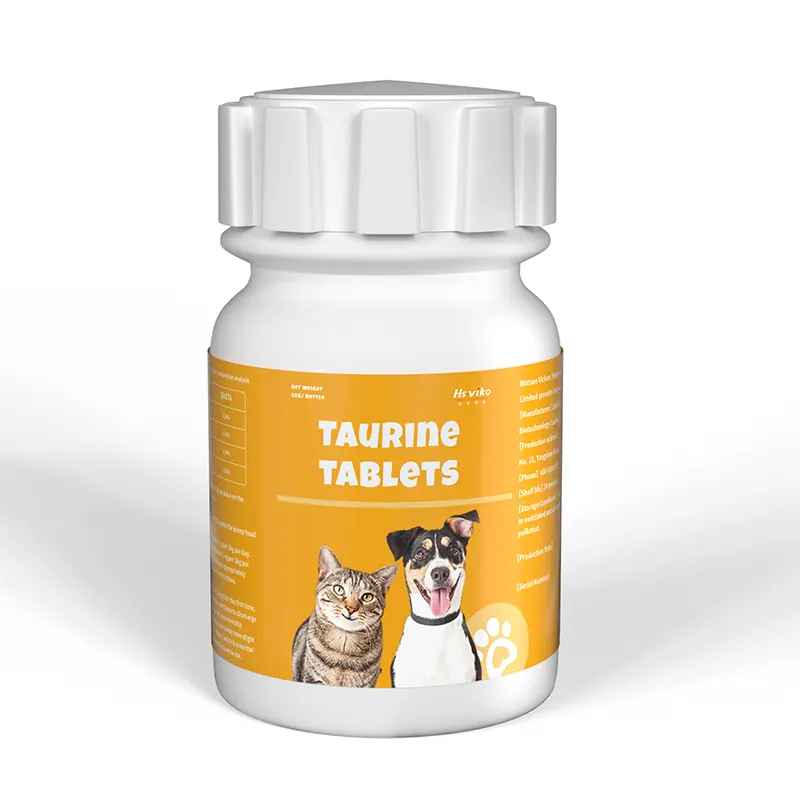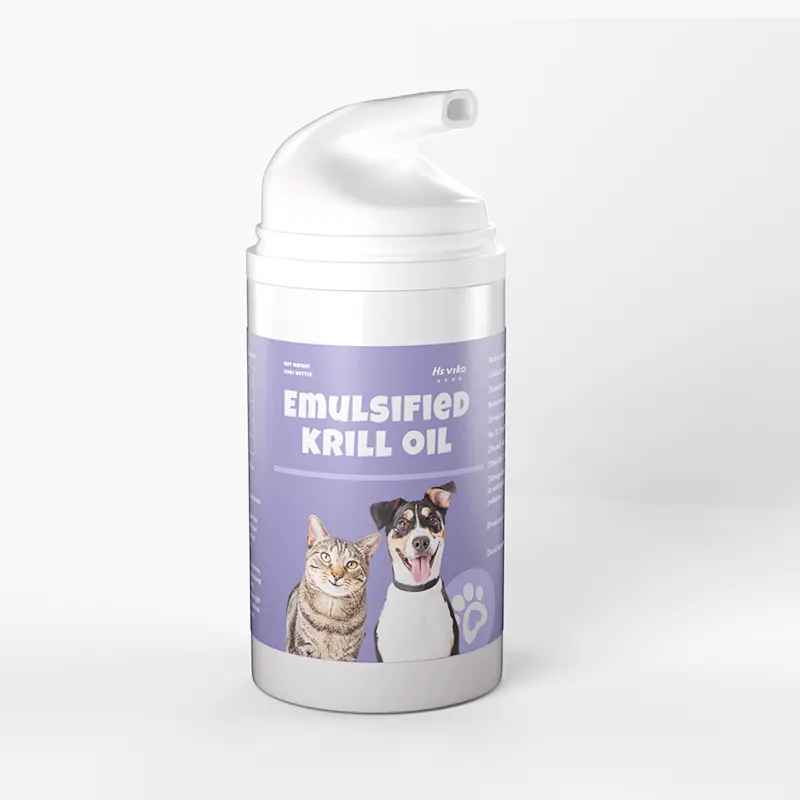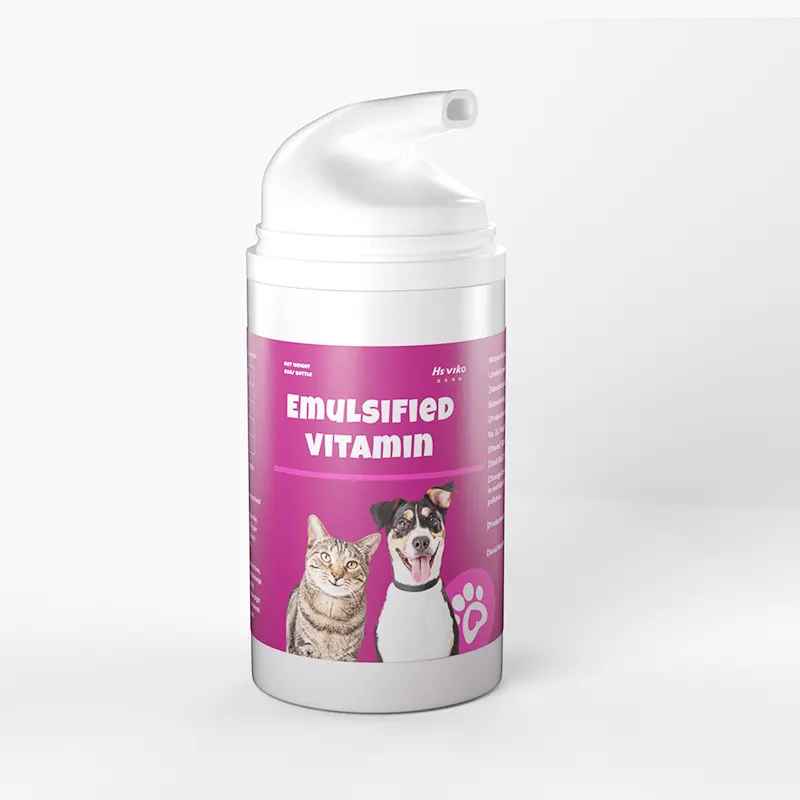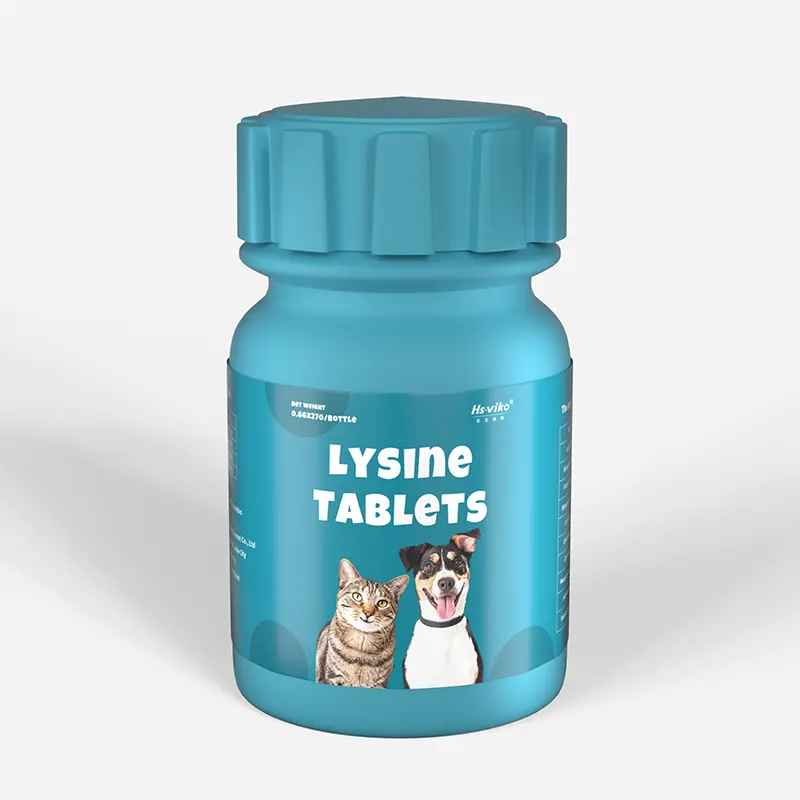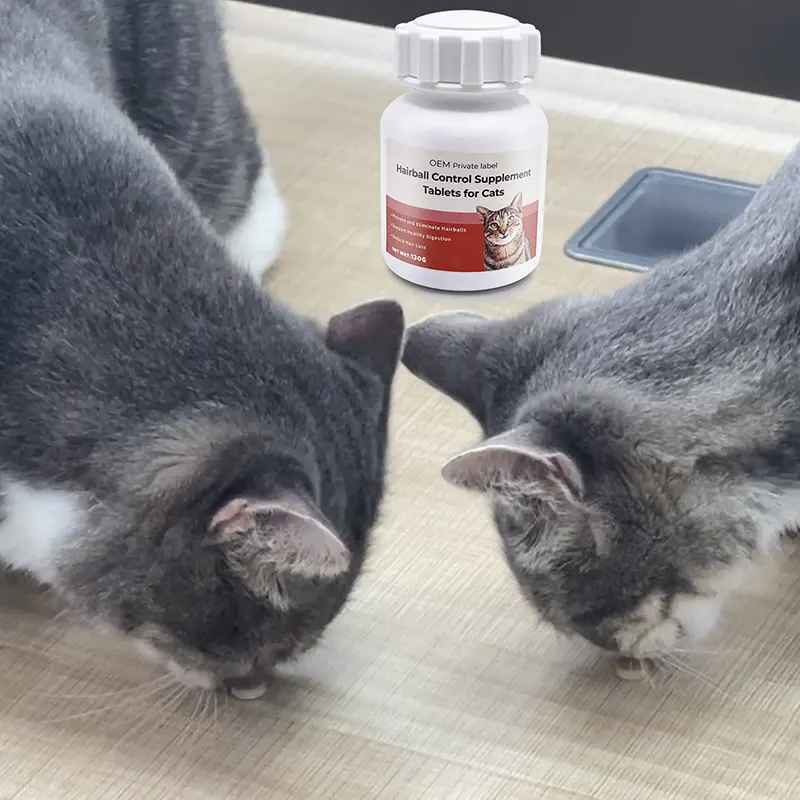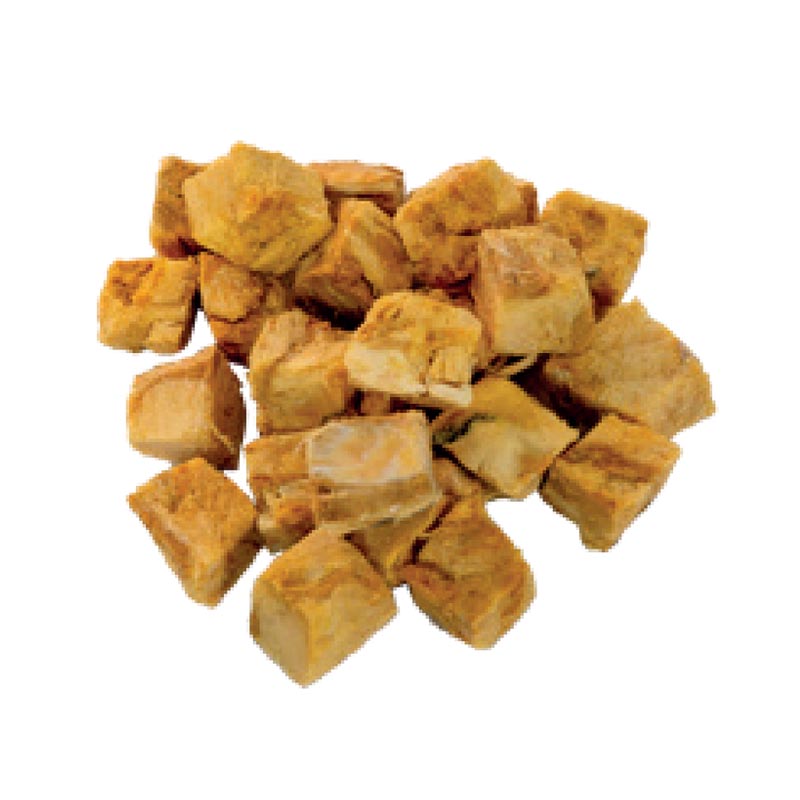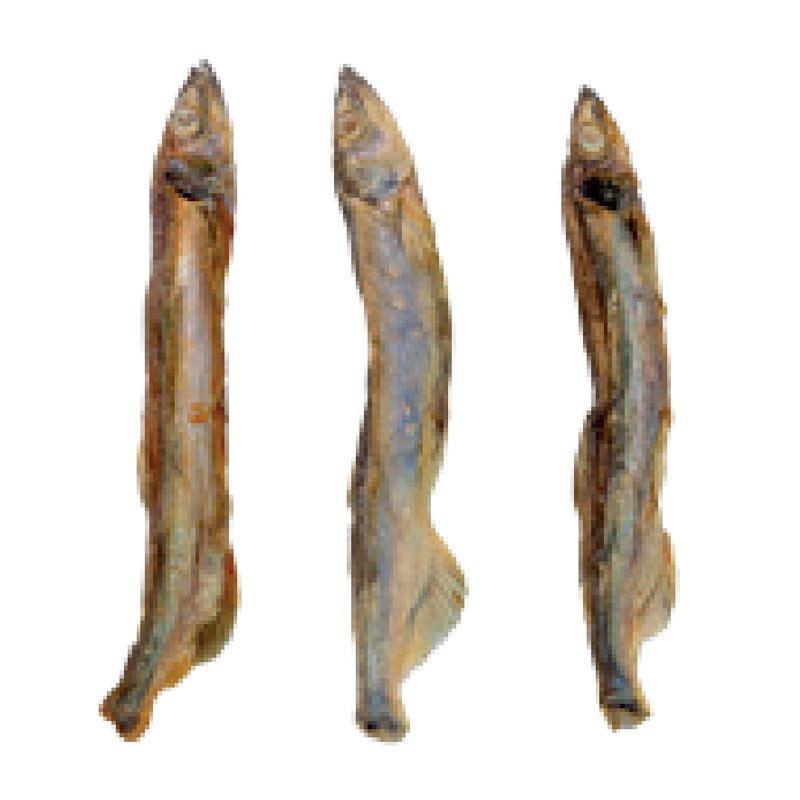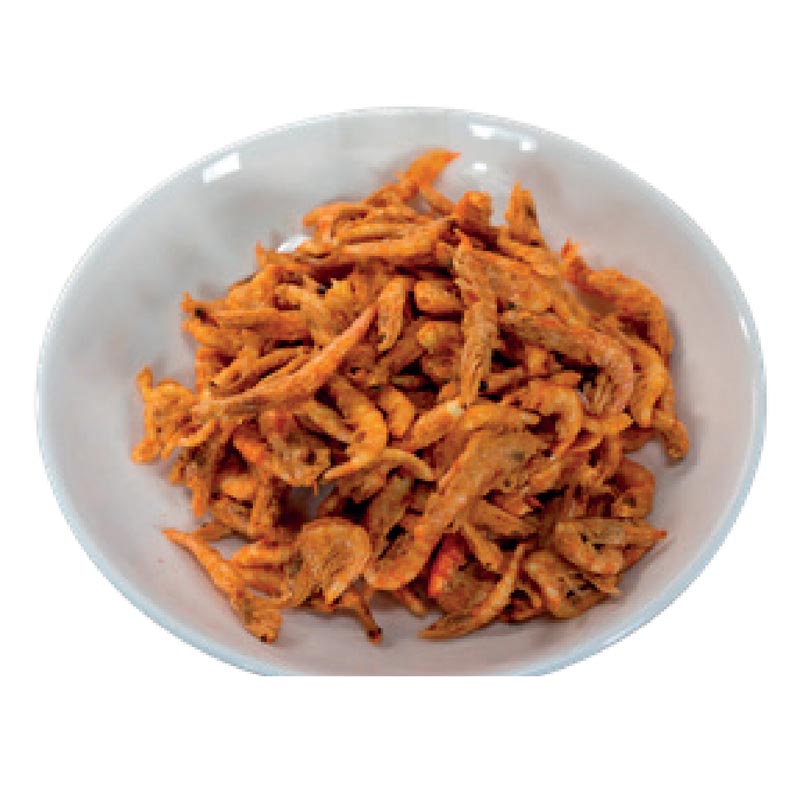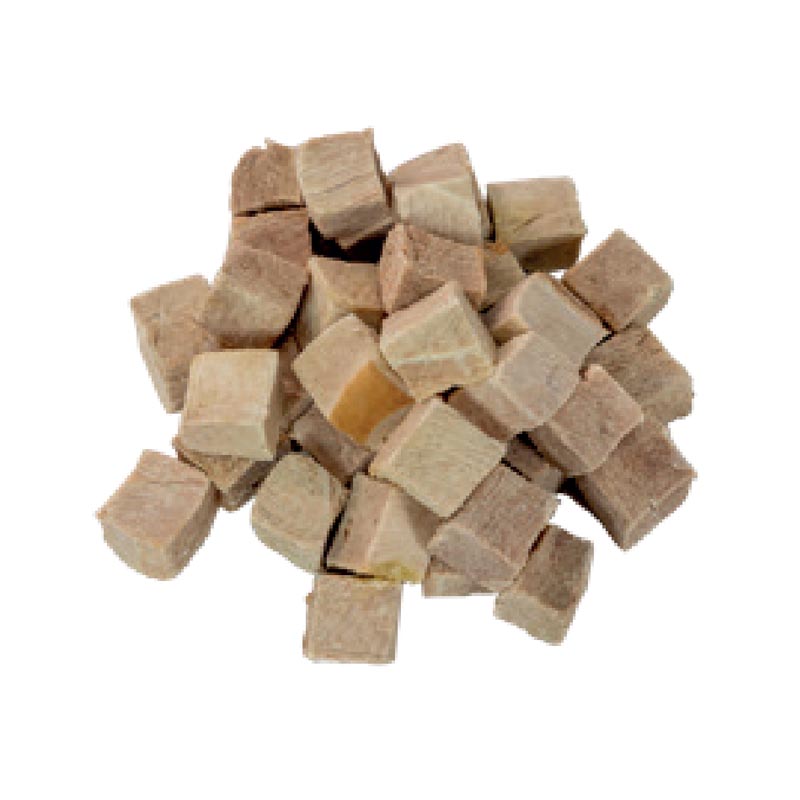Frequency of Feeding Cats Wet Food
When it comes to feeding wet food to your feline buddy, determining how often you should feed wet food to your cat might be hard. After all, wet food has always been used as a treat for cats.Who would have thought that feeding wet food to cats requires a certain ratio? If you have the same confusion, this article may be helpful to you.

What Is Wet Cat Food?
Wet Cat food is a type of cat food that contains more moisture than dry food and is typically supplied in cans or bags. Wet food helps cats get the water they need, which typically contains animal proteins such as meat, chicken, or fish, as well as nutrients like vegetables, vitamins, and minerals. They are prepared and canned to maintain their high moisture and texture.Cats prefer wet food to dry food. This is because wet food has a better texture, a higher flavor, and is more appealing to cats, and the softer texture of wet food makes it easier to be absorbed and utilized by the cat’s digestive system.
Wholesale High Quality Wet Cat Food
- Gold Canned Cat Wet Food
- Canned Wet Cat Food
- Freeze dried Chicken Breasts for Dogs and Cats
- Tuna & Shrimp Cat Treats
- Salmon Cat Treats
- Cod Creamy Cat Treats
However, with its soft texture and highly adhesive properties, wet food can be harmful to a cat’s teeth.Wet food is usually softer than dry food, so cats don’t have to chew as much when eating it. A lack of proper chewing stimulus may result in the accumulation of dental calculus and plaque, which can lead to gingivitis and tooth loss.Wet food is typically exceedingly sticky and tends to stick to the surface of the teeth and fissures. Food residues that have accumulated over time may include bacteria that cause dental caries and other oral disorders.
Therefore, dry food and wet food together are the best diet for cats.
Private label dry cat food manufacturer
How Often Do You Feed a Cat Wet Food
Adult Healthy Cats
For generally healthy adult cats, wet food should account for 20–30% of their diet. The remaining 70–80% might be dry food or other suitable foods.
Obese Cats or Cats Needing to Lose Weight
For obese cats or cats who need to shed weight, wet food can be increased to 40–50% of the total diet. Wet food has a high moisture content, which can help provide a reduced calorie density and better control over the cat’s diet. Increasing the quantity of wet food can aid in weight management by providing more moisture while lowering calorie intake.
Cats with Kidney Disease
Wet food is a healthier option for cats with kidney problems since it provides more moisture while also reducing kidney burden. In this situation, raise the amount of wet food to 60-70% or more to guarantee that the cat gets enough water. Kidney disease impairs water metabolism and excretory function in cats, so increasing the amount of wet diet helps alleviate kidney burden by giving more water.
Kittens and Old Cats
Kittens and older cats require more water; therefore, wet food can account for 40–50% of the total diet. Kittens and geriatric cats require more water because their bodily water content is relatively low. Increasing the proportion of wet food can help meet their water requirements and maintain good hydration.
Beat Overall Wet Cat Food
Look for products stating they are “complete and balanced.” This means they will meet all your cat’s nutritional requirements to keep them healthy,like HsViko’s Lickable Canned Wet Cat Food.
Something about Storage: You Need to Pay Attention
To maintain freshness and safety, wet food should be refrigerated after opening and consumed within a particular time frame. How do I store wet cat food? How do I store wet cat food? How to store wet cat food.
The optimum nutrition regimen should be tailored to your cat’s individual requirements, health status, and personal preferences. Discuss this with your veterinarian, and then follow his or her advice for selecting the best brand of wet food and feeding strategy for your cat.
One of the most powerful pet product brands in China. With more than ten years of experience in pet supplements is production. Provides one-stop service for pet health care products, medicine and food for the whole world, including customization, OEM, ODM and wholesale.
Related Posts:
- Lysine Benefits for Cats, Dosage, and Safety Tips for All Ages
- Cat Exercise and Nutritional Balance Guide: Boosting Cat Health with Pet Supplements
- What vitamins do cats need? Pregnant Cats & Older Cats Complete Guide
- Lysine supplements for cats: effects, benefits and side effects
- What Vitamins Should I Give My Cat? Expert Tips for Cat Owners
Search
© 2023-2024. All Rights Reserved. Copyright By HsViko Pet Supplies | Privacy Policy
